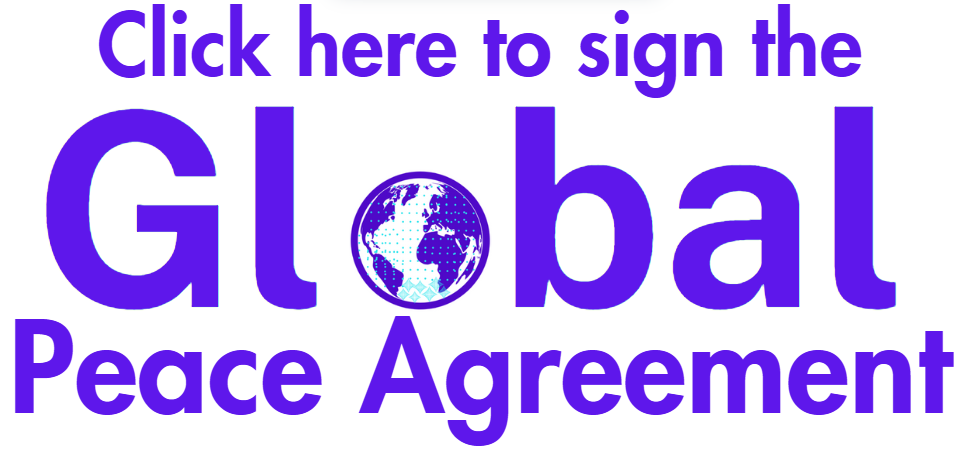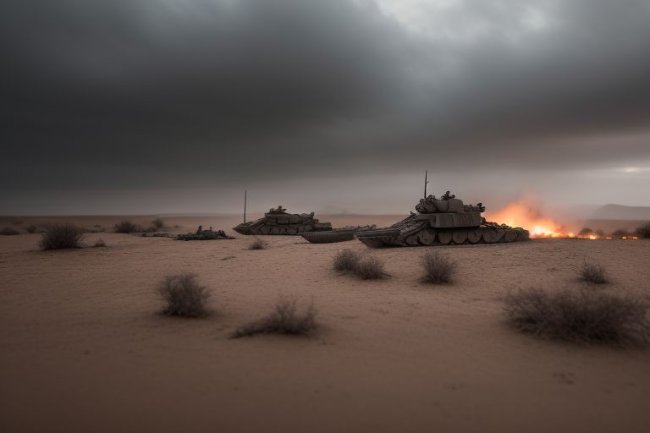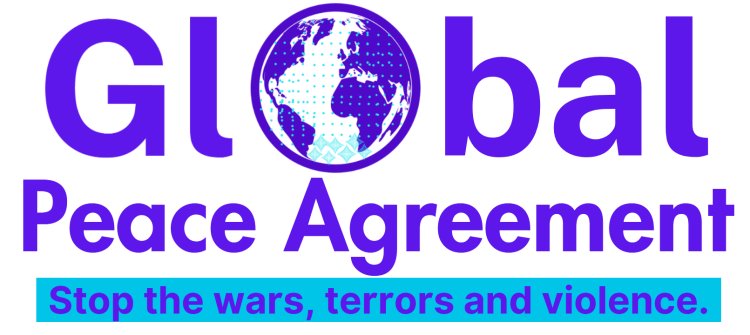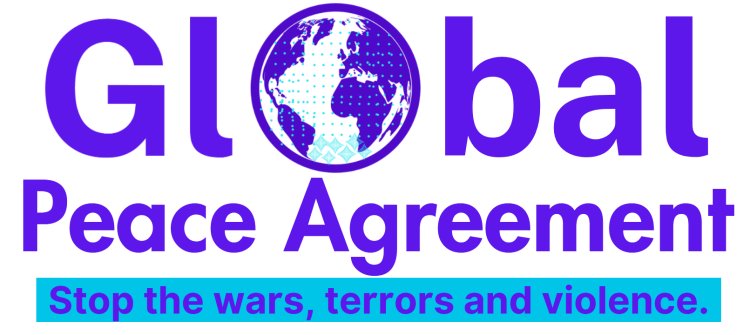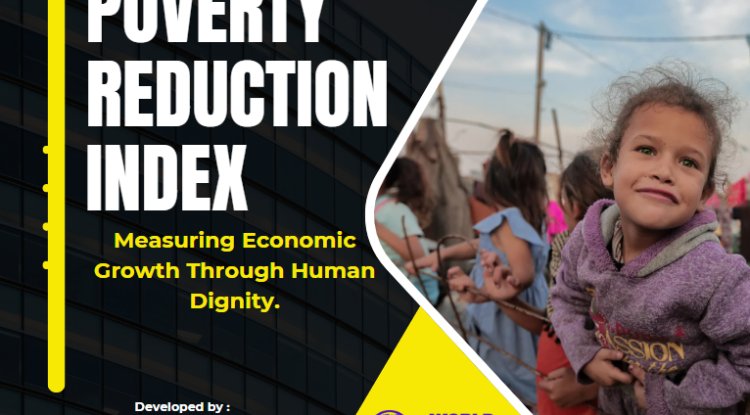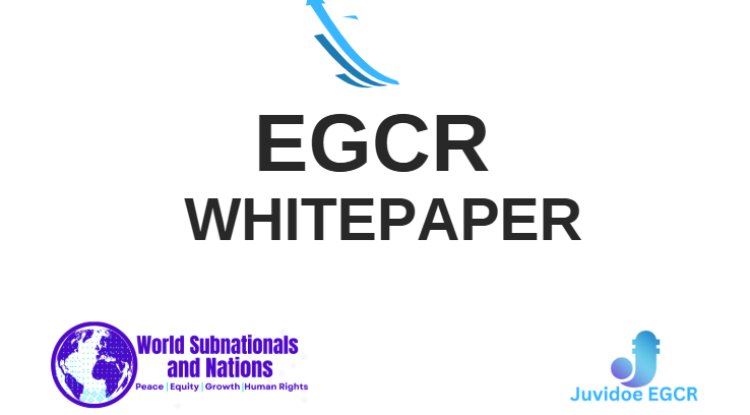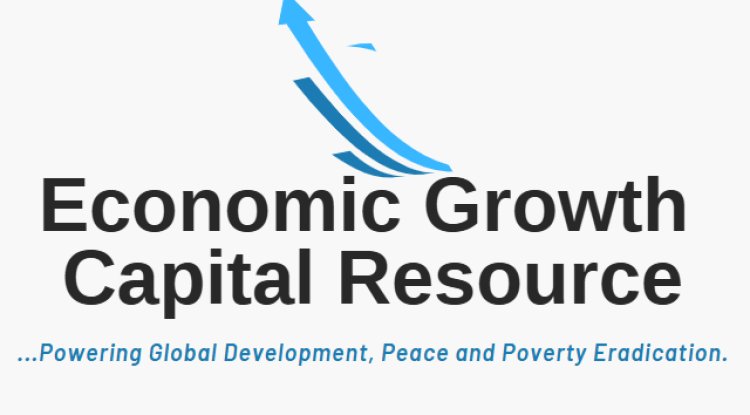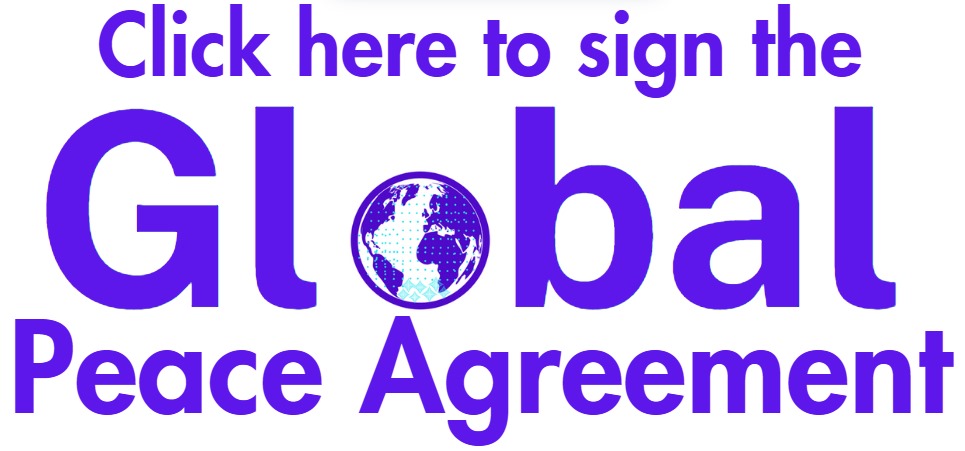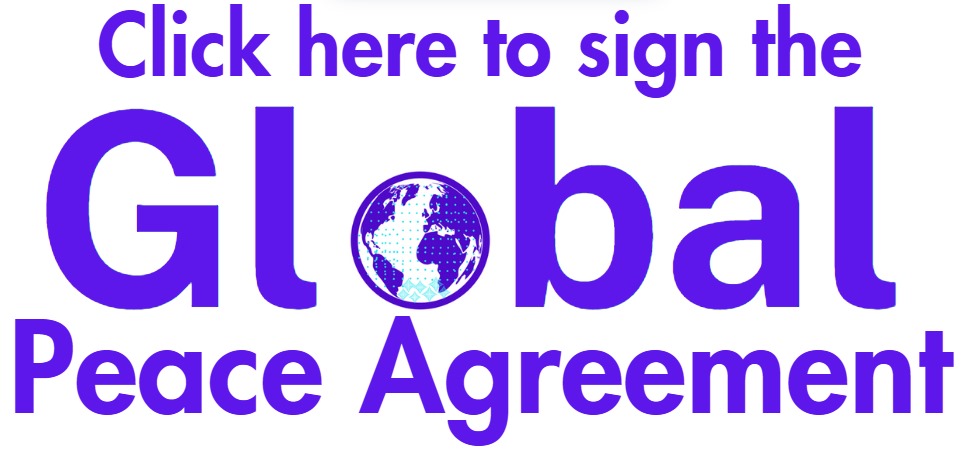Peace Accords and Advantages
A peace accord, also known as a peace agreement, is a formal agreement between two or more parties involved in a conflict or dispute to end hostilities and establish a lasting peace. These agreements are crucial in resolving conflicts and preventing further violence and instability.
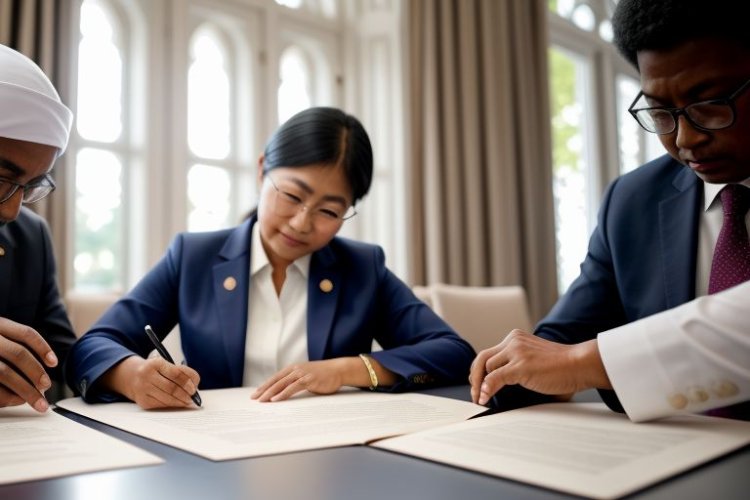
Peace accords can be negotiated to end various conflicts, including armed conflicts, civil wars, territorial disputes, and political or ideological confrontations. They can be signed between governments and rebel groups, between countries, or even within a single country among different factions.
Reaching a peace accord typically involves negotiations, mediation, and diplomacy. Neutral third-party mediators, international organizations, or diplomats may assist in facilitating the talks and finding common ground between the conflicting parties.
Peace is the delicate melody that humanity yearns for, a symphony of harmony and tranquility that resonates within the hearts of people across the globe. The absence of violence, conflict, and the horrors of war allows societies to flourish and individuals to thrive. In essence, peace represents humanity's collective aspiration to live in a world where differences are celebrated, and conflicts are resolved through dialogue rather than bloodshed.
Yet, achieving peace is no simple task. It requires a concerted effort from all corners of the world, as the pursuit of peace knows no boundaries. Whether on a global scale, encompassing nations and governments, or on a local level involving communities and individuals, the ultimate goal remains: creating an environment where peace becomes the cornerstone of existence.
In this noble endeavor, the Peace Accord emerges as a powerful instrument, offering a glimmer of hope amidst the chaos and discord that plagues our world. It is a formal agreement, a sacred pact between conflicting parties, bound by the shared desire to resolve conflicts, prevent the eruption of war, and nurture the seeds of stability.
The significance of Peace Accords lies in their ability to transcend the barriers erected by hatred, fear, and misunderstanding. They represent a bridge built upon diplomacy, negotiation, and compromise, connecting divergent perspectives and interests. These agreements embody the belief that dialogue, rather than violence, can lead to a resolution satisfying all parties' aspirations.
On a global level, Peace Accords serve as the linchpin preventing catastrophic wars between nations. They stand as testaments to the power of diplomacy, which can extinguish the fires of conflict and pave the way for peaceful coexistence. Through treaties such as the Treaty of Westphalia, which brought an end to the devastating Thirty Years' War, or the Geneva Conventions, which established principles for the humane treatment of individuals in times of armed conflict, Peace Accords have proven their worth time and again in preserving global peace.
At the local level, Peace Accords play an equally vital role in quelling the flames of internal conflicts that threaten the very fabric of societies. They provide an avenue for dialogue and reconciliation, enabling divided communities to heal the wounds of the past and embrace a future built upon shared understanding and cooperation. Examples like the Good Friday Agreement, which ended the sectarian violence in Northern Ireland, or the Comprehensive Peace Agreement in Nepal, which laid the foundation for lasting peace after a decade-long civil war, demonstrate the transformative power of local Peace Accords.
The Peace Accord is a beacon of hope, a tangible embodiment of our collective yearning for peace. It symbolizes the capacity of humanity to rise above differences and seek common ground. It is a testament to our belief that conflicts can be resolved without violence and that stability and progress can emerge from the ashes of discord.
However, Peace Accords alone are not a panacea. They require commitment, perseverance, and the genuine willingness of all parties involved to honor the terms of the agreement. The road to peace is often arduous and filled with obstacles, but it is through unwavering dedication to dialogue, understanding, and justice that we can forge a world where peace reigns supreme.
The Abraham Accords And Successful Regional Peace Agreements
In the annals of history, pursuing peace has been a constant struggle in regions plagued by strife and political complexities. However, glimmers of hope emerge with successful regional peace agreements, showcasing the art of diplomacy, pragmatism, and shared interests. A prominent example is the Abraham Accords, signed in 2020, which brought Israel, the United Arab Emirates (UAE), and Bahrain together in a meaningful agreement facilitated by the United States.
The genesis of the Abraham Accords can be attributed to shifting dynamics in the Middle East, where the common enemy of Iran united these nations in pursuit of regional stability. Moreover, economic opportunities were a driving force, envisioning shared prosperity through cooperation in various sectors.
The success of the Abraham Accords lies in direct negotiations, a pragmatic approach, and an incremental process. The parties built mutual trust and confidence over time by focusing on practical issues and shared interests.
Looking beyond the Middle East, other successful regional peace agreements offer valuable insights. The Camp David Accords in 1978 showcased the importance of bold leadership and significant concessions. The Good Friday Agreement in 1998 emphasized inclusivity and addressing the root causes of conflict through political reforms.
However, challenges persist, such as needing a long-term commitment, navigating public opinion, and managing external interference. Security concerns must also be addressed to maintain trust and sustainability.
In Northern Ireland, the Good Friday Agreement ended decades of conflict and demonstrated the significance of inclusivity and power-sharing. By involving various stakeholders and addressing the root causes of the conflict through political reforms, the agreement paved the way for a more stable and peaceful Northern Ireland.
Another important step toward achieving peace is the Oslo Accords, which were reached by Israel and the Palestine Liberation Organization (PLO). The covert talks and temporary agreements served as a reminder of the value of discrete diplomacy and the gradual settlement of problems in complicated situations.
Similarly, the Peace Agreement in Mozambique, signed in 1992, ended the country's civil war. Key to its success was the implementation of disarmament, demobilization, and reintegration (DDR) programs, which allowed former combatants to reintegrate into society peacefully.
While the examples of successful peace agreements are encouraging, the challenges faced during the implementation phase cannot be overlooked. Sustainable peace requires unwavering commitment from all parties involved. Without long-term dedication, agreements can unravel, leading to renewed hostilities.
Moreover, public opinion plays a significant role in shaping the success of peace agreements. Leaders must navigate domestic sentiments and effectively communicate the benefits of peace to their populations. Public support is crucial for sustaining peace efforts and overcoming obstacles that may arise during implementation.
External interference can also complicate peace processes. The involvement of countries with vested interests in the region can introduce complexities and undermine the delicate balance of negotiations. Striking a balance that ensures regional ownership of the peace process while incorporating international support is vital for long-term success. Additionally, addressing security concerns is crucial to maintaining trust between parties. Providing safety guarantees during the implementation phase is paramount, as any security breaches can lead to a breakdown in trust and derail the peace process.
Successful regional peace agreements like the Abraham Accords, the Camp David Accords, the Good Friday Agreement, the Oslo Accords, and the Mozambique Peace Agreement demonstrate the possibility of achieving peace through dialogue, cooperation, and pragmatic approaches. These agreements provide valuable lessons that can guide future peace efforts in conflict-affected regions worldwide.
As the world continues to grapple with longstanding conflicts, the significance of these agreements cannot be overstated. The pursuit of peace requires collective efforts, determined leadership, and international support. By learning from successful examples and addressing challenges proactively, humanity can move closer to realizing a more peaceful and harmonious world for future generations.
Economic Cooperation And Trade Benefits
In a world rife with conflicts and geopolitical tensions, pursuing peace has always been a paramount goal for nations and international organizations. Peace accords, as formal agreements to end hostilities and promote amicable relations hold the potential to unlock economic opportunities and trade benefits among the involved parties. Beyond the immediate cessation of violence, peace accords pave the way for economic cooperation, investment, and regional integration, transforming conflict-ridden regions into thriving centers of economic prosperity.
The Genesis of Economic Cooperation
Peace accords are critical milestones in the often tumultuous relations between conflicting parties. When these agreements are reached, they mark a turning point where former adversaries have a unique opportunity to shift gears and engage in economic collaborations and trade relations that were previously unfeasible due to deep-rooted tensions and hostilities. Resolving disputes and establishing diplomatic relations in the aftermath of peace accords set the stage for enhanced economic cooperation, creating a fertile ground for prosperity and development.
One of the fundamental pillars of economic cooperation resulting from peace accords lies in dismantling trade barriers, tariffs, and quotas. As nations embrace peace, they recognize the potential for economic growth and activity by opening up markets and facilitating the movement of goods and services. Countries encourage cross-border trade, investment, and the free flow of commerce by eliminating or reducing trade barriers. This increased market access fosters the growth of businesses, promotes innovation, and encourages entrepreneurship.
Furthermore, lifting trade barriers and tariffs bolsters consumer welfare, allowing access to a broader range of products at competitive prices. Consumers benefit from a more diverse array of goods and services, leading to an improved quality of life. Additionally, removing barriers can lower production costs for industries, making their products more affordable and accessible on the global market.
Economic cooperation facilitated by peace accords also opens up opportunities for cross-border investments. As peace prevails, governments and businesses gain the confidence to plan for the long term. Domestic and international investors are more inclined to commit capital in regions that offer a stable and secure environment. Predictability becomes a key driver for investment decisions, with long-term prospects becoming more favorable without geopolitical uncertainties.
Investment, in turn, catalyzes economic development and contributes to job creation. In post-conflict regions, where rebuilding is essential, foreign direct investment (FDI) can be crucial in revitalizing economies and providing much-needed employment opportunities. Moreover, peace accords often encourage investments in sectors that were previously inaccessible or perceived as risky, leading to the diversification and expansion of industries.
Another significant aspect of economic cooperation resulting from peace accords is fostering regional integration. Peaceful coexistence encourages collaboration and coordination among neighboring countries. Economic integration can lead to the formation of regional blocs, promoting cross-border infrastructure projects, and establishing common regulatory frameworks. Creating regional economic communities enhances the region's attractiveness for trade and investment, creating a win-win situation for all involved parties.
Peace accords often include provisions for economic development and reconstruction efforts in conflict-affected areas. Infrastructure development projects, such as roads, ports, and energy facilities, not only contribute to the region's economic growth but also promote regional connectivity and trade. By investing in infrastructure, countries can leverage their geographic location and transform themselves into logistical hubs, attracting businesses and investors seeking access to multiple markets.
Furthermore, economic cooperation resulting from peace accords can transcend borders and lead to collaborations in technology, research, and innovation. As nations put their differences aside and focus on mutual interests, they can leverage each other's strengths to drive advancements in science, technology, and various industries. Such collaborations can result in groundbreaking discoveries, technological advancements, and sharing best practices across borders.
Case Studies of Successful Economic Cooperation Resulting from Peace Accords:
- The European Union (EU) - A Model of Economic Integration
The European Union is one of the most remarkable examples of economic cooperation and trade benefits from peace accords. After the devastation of World War II, visionary leaders sought to prevent future conflicts and promote economic cooperation.
Establishing the EU's single market allowed member states to enjoy the unrestricted movement of goods, services, capital, and labor. This integration has facilitated seamless trade, investment, and cross-border business collaborations, leading to economic growth and shared prosperity.
The EU's regional integration model serves as a template for other regions seeking to enhance economic cooperation through peace accords. By building a sense of interdependence among European nations, the EU has effectively reduced the likelihood of conflicts between member states.
- The Colombia Peace Agreement - Unleashing Economic Potential
In 2016, a transformative peace accord unfolded, bridging the Colombian government and the Revolutionary Armed Forces of Colombia (FARC) and surprisingly unraveling the seeds of economic potential amidst the aftermath of conflict.
Following the signing of the peace accord, steps were taken to encourage rural development, addressing the fundamental causes of the war. Investment in agriculture, infrastructure, and social programs has revitalized rural areas, unlocking their economic potential and empowering local communities.
Improved security in formerly conflict-affected regions has led to a surge in tourism, attracting both domestic and international visitors. Additionally, increased investor confidence has resulted in substantial foreign direct investment (FDI) across various sectors, further contributing to economic growth and job creation.
The peace agreement has also led to enhanced trade within the region. Reducing barriers and tensions has opened up new export opportunities for Colombian goods and services, bolstering the country's international trade prospects.
- The Abraham Accords - Fostering Economic Synergy in the Middle East
An era of economic cooperation and trade advantages in the Middle East began due to the Abraham Accords, signed in 2020 by Israel, Bahrain, and the United Arab Emirates (UAE).
The agreement has facilitated the exchange of technology and innovation between Israel and the Gulf states. Joint ventures and partnerships have emerged, leveraging each other's expertise to drive economic growth and technological advancements.
Energy cooperation has become a focal point of the accords, with opportunities for resource-sharing and mutual energy security strategies. The alignment of interests in the energy sector has further strengthened economic ties between the involved nations.
The normalization of relations has attracted significant foreign investment to the region. Gulf investors are increasingly exploring opportunities in Israel's dynamic start-up ecosystem, while Israeli companies benefit from access to Gulf markets and capital.
Economic cooperation and trade benefits resulting from peace accords are pivotal in transforming conflict-ridden regions into flourishing hubs of economic prosperity. As exemplified by the EU's post-WWII success, the Colombia Peace Agreement, and the Abraham Accords, peace accords avert hostilities and create an environment conducive to economic growth, investment, and regional integration.
Through trade opportunities, enhanced investment climate, infrastructure development, job creation, and overall economic growth, peace accords unlock the economic potential of nations and foster lasting peace. As we look to the future, international actors, governments, and policymakers need to continue investing in peace-building efforts and nurturing economic cooperation, recognizing that economic interdependence can be a powerful tool in preventing conflicts and advancing global prosperity.
By prioritizing peaceful resolution and investing in economic cooperation, humanity can move closer to a world where prosperity, stability, and peace prevail. Through collaboration and collective efforts, nations can harness the dividends of peace and create a more interconnected and prosperous global community.

